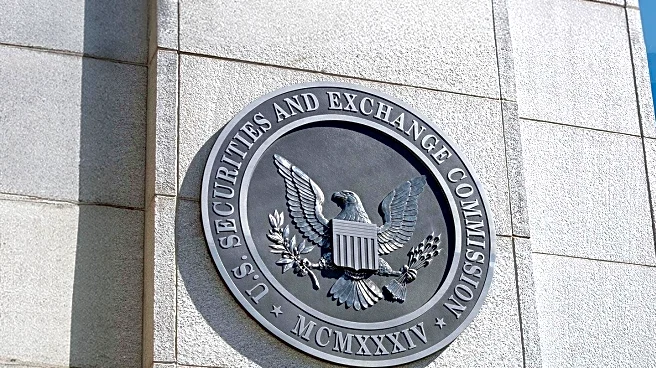What's Happening?
Gift cards have become a popular choice for last-minute gifts, but they are also a target for scammers. According to the Federal Trade Commission, gift cards were the top payment method for scammers in 2021,
resulting in $148 million stolen from consumers. Scammers often tamper with gift cards on display racks, removing protective film strips and recording card numbers and PINs. They use algorithms to track these cards and drain funds once activated. Experts advise consumers to avoid purchasing gift cards from the front of display racks and to opt for cards located behind cashiers or purchased online from reputable retailers.
Why It's Important?
The prevalence of gift card scams underscores the need for increased consumer awareness and protective measures. Gift cards lack the regulatory protections of debit and credit cards, making it difficult for victims to recover lost funds. Retailers may not always offer refunds, leaving consumers vulnerable. This issue affects a wide range of stakeholders, including consumers, retailers, and financial institutions. Enhanced security measures and consumer education could mitigate the risks associated with gift card fraud, protecting consumers and maintaining trust in this popular gifting option.
What's Next?
Consumers are encouraged to remain vigilant when purchasing gift cards, checking for signs of tampering and retaining receipts. Retailers may consider implementing stricter security measures for gift card displays and offering more robust fraud protection policies. As awareness grows, there may be increased pressure on regulatory bodies to extend protections to gift card transactions, similar to those for debit and credit cards.
Beyond the Headlines
The ethical implications of gift card scams highlight the need for corporate responsibility in safeguarding consumer transactions. Retailers must balance convenience with security, ensuring that gift cards remain a viable and safe option for consumers. Long-term, this issue may drive innovation in secure payment methods and influence consumer behavior towards more secure gifting alternatives.











